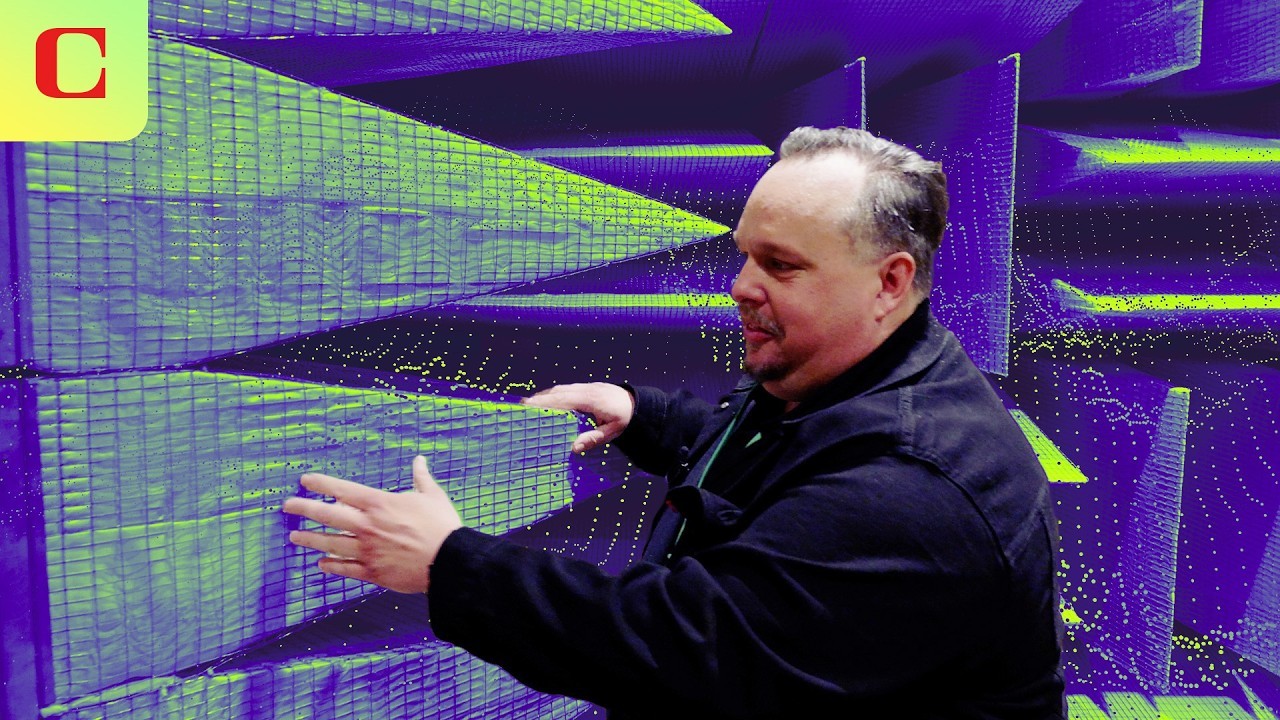
In a rare behind-the-scenes tour at Apple's headquarters in Cupertino, California, I stepped into the mysterious world where the iPhone 16's camera system comes to life. What I discovered was a fascinating glimpse into the extreme lengths Apple goes to perfect every aspect of photo and video capture.
The journey began in an otherworldly space called the long wave anechoic chamber - a room so quiet you can hear your own heartbeat. Suspended on a wire mesh floor above 4-foot foam wedges, with walls and ceiling covered in triangular foam cuts, this chamber eliminates virtually all echo. It's here where Apple meticulously tests and calibrates the iPhone 16's microphone array.
"The iPhone gets used in countless environments, so we need to capture memories in their truest form," explains Ruchir Dave, Senior Director of Acoustics Engineering at Apple. The team uses an array of speakers arranged in an arc to create a complete spherical sound profile for each of the phone's four microphones.
This data becomes the foundation for the iPhone 16's groundbreaking Audio Mix feature, which lets users adjust recorded audio to sound like it was captured with professional equipment. Through machine learning and years of development, the system can make iPhone recordings sound as if they used lavalier mics or studio setups.
In the video verification lab, I encountered what could be described as a private Dolby Atmos theater. This facility helps engineers ensure videos look consistent whether viewed in bright sunlight or dark rooms. The iPhone 16 Pro's new 4K 120fps slow-motion capability processes an astounding one billion pixels per second.
"What's remarkable is you can't fake it," notes Francesca Sweet, Director of iPhone Product Marketing. "At 120 frames per second, you're seeing every single frame in full detail."
Perhaps most impressive is Apple's commitment to real-world testing. Rather than rely on individual judgments, the company conducts extensive perceptual testing with diverse groups of people to fine-tune both audio and video performance.
The labs reveal the incredible engineering beneath features that appear deceptively simple to use. As Sweet puts it: "We try to make these powerful tools as seamless as possible, but there's an inordinate amount of work that goes into making them that simple."
For iPhone users capturing everything from Hollywood productions to family moments, these hidden laboratories represent Apple's relentless pursuit of perfect image and sound - one billion pixels at a time.